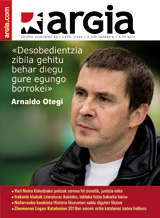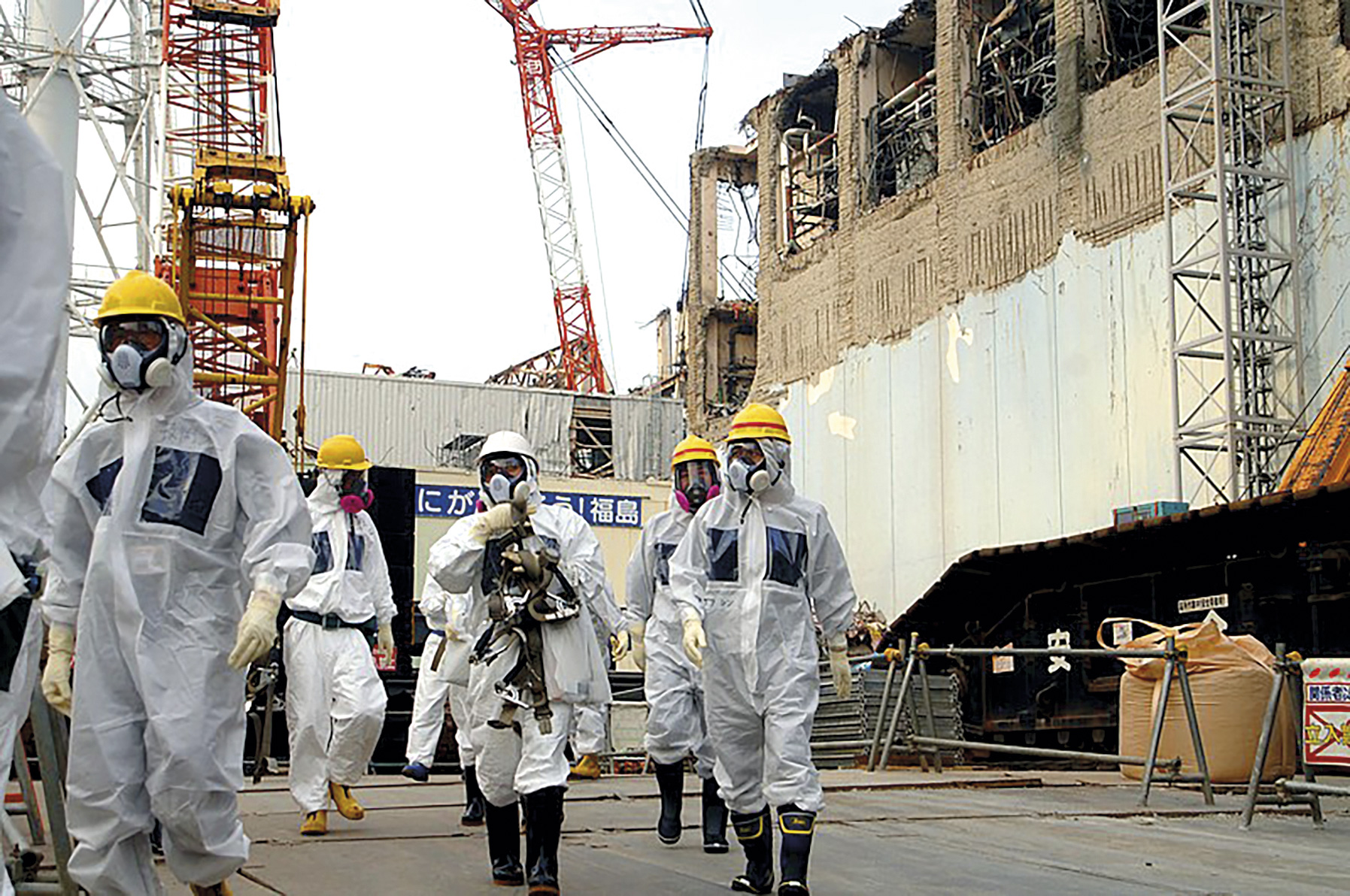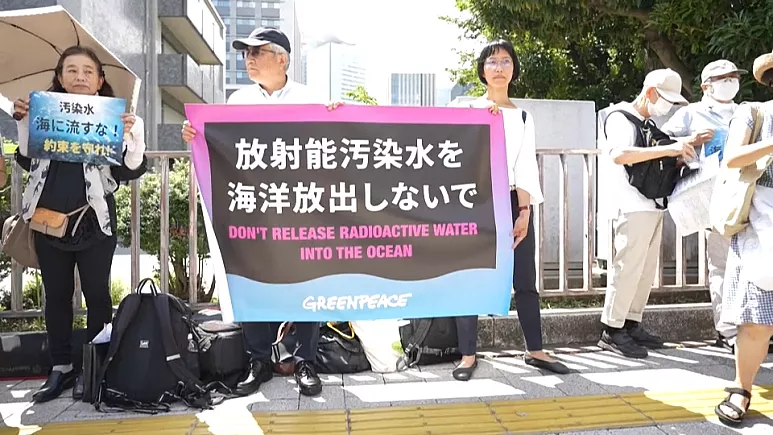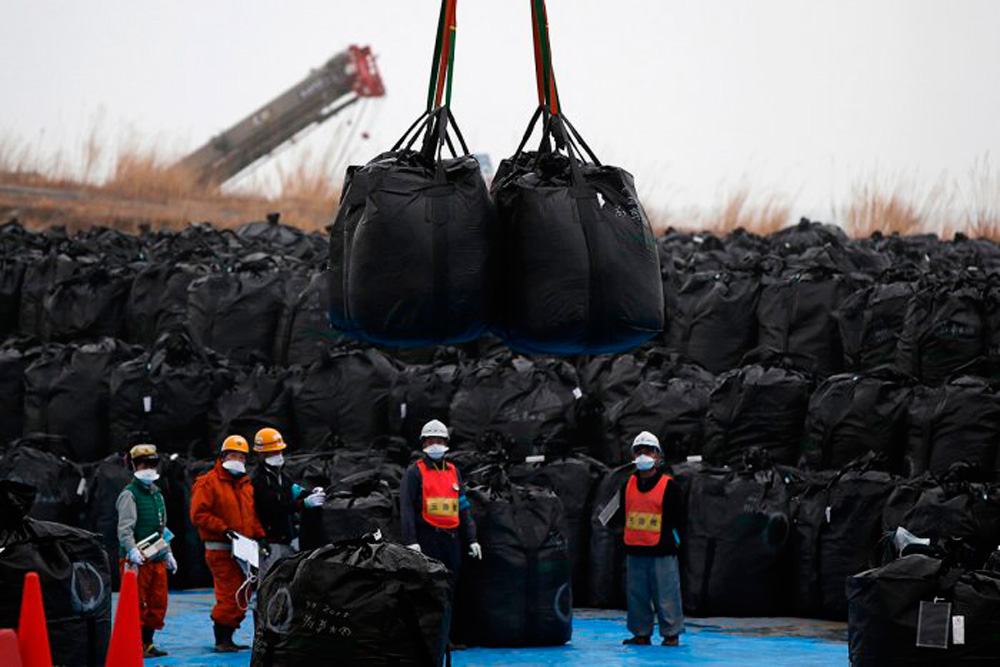Fukushima 4: Let's pray that it doesn't fall
- Three years will take to extract the fuels they have in the water in the pool from the fourth Fukushima Daiichi reaction. In the meantime, an earthquake of magnitude 7.5, which is not common in Japan, could not overcome in its entirety, reducing the catastrophe so far. Japan plays with its own essence in that pool, but also the world.
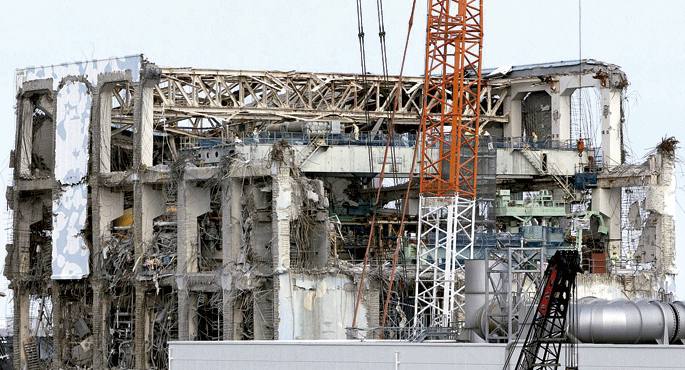
Dear reader, forgive the worsening pre-holiday holiday atmosphere with more disturbing news from Japan, but you should not believe that Fukushima is fixed. On the contrary, Japan is exposed to the dangers of the nuclear disaster it has suffered so far and thus the planet.
The need for voluntary news collectors around the world allows the smart reader to continue with the hottest news that the major media are distilling from their agenda. For the Basque, for example, the coordinated blogs in the Veilleurs group of Fukushima (Guardadores de Fukushima) translate materials into French in English or Japanese. The best known will be Fukushima-over-blog. Another is the one who signs the kna, who subtitles in French the most significant videos in Japanese.
Kna lets us learn about the Hondo Station TV Asahi program, which was broadcast on May 25: “A new danger has been found in Fukushima 4.” Here's the summary.
The fourth of the Fukushima Daiichi reactors was empty on the day of the accident, but in the pool at the top of the plane they were held and refrigerated in the water, without any protection, 264 tons of radioactive spent fuel. The structure supporting the dam is very deteriorated as a result of the earthquake of March 2011 and the subsequent explosion and fires. The company TEPCO has calculated three years to stabilize the building and extract the fuels from it safely, by the end of 2014.
First question: Will the structure be maintained? Engineer Masashi Goto, who has worked on the design of nuclear power plants for Toshiba, has been in charge of reporting to the Hondo Station program. TEPCO always refers to the results of the calculations, but it does not provide data, and so it is not known to what extent the heat of the fire has affected the Fukushima 4 skeleton as the explosion of explosions.
Yukiteru Naka is one of those in charge of dismantling, through the Tohoku company, other Fukushima reactors, mainly on plumbing issues. Many Tohoku operators are no longer able to approach the area as they have exceeded the number of radioactivities throughout the year.
On Nakari's face, the severity of his mood has also been noted. “I have to say that unit 4 is in danger. The pool is an experimental cooling system that is not prepared to withstand major earthquakes. Maintenance is not enough, the pipelines are in rubble. If the pipes were damaged, the pool would empty quickly and no one could approach it. I have to say that TEPCO and the government must be prepared for an immediate crisis. If the pool is emptied, the workers will not only be able to approach reactor 4, the other three.”
Hiroaki Koid, who investigates nuclear at the University of Kyoto, has pointed out that if the pool of unit 4 were to sink due to an earthquake, the Hiroshima bomb would pour 5,000 times more radioactivity into the air.
Global responsibility
Are Japan and the world prepared to live for two more years in this grave danger? As Robert Álvarez, an advisor to the U.S. Department of Energy, says, if an accident of this kind were to blow up all the money that Chernobyl had put into the air up to 137 times, wouldn't the world have to intervene? Is Japan the only one to take care of emergency management, giving it to the TEPCO company?
If there is no 7.5 earthquake in the next two years, the 1,535 fuel groups can be removed from the pool in Unit 4, leaving the Fukushima disaster in its severity. But if the opposite happens, if the earthquake further destroys the building of unit 4, the fuels run out of water and the mass pollution spreads, Pierre Fetet, who animates Fukushima-over-blog, foresees the following chain of events:
- Evacuate the entire Fukushima Daiichi area, leaving 6 reactors, 7 pools and 2,400 tons of radioactive fuel unmaintained.
- In the short term, evacuation of 4 reactors from Fukushima Daiini 12 kilometers with its 4 pools.
- Evacuation involves suspension of control of all these machines. What expert can predict the huge amount of radioactivity that fuels can emit in 10 reactors and 11 pools?
- At 130 kilometers there are Tokai and Onagawa power stations, 4 reactors and 4 pools. What would happen to them in an accident of this kind?
- Evacuation of half of Japan, the north, including the capital, Tokyo.
Pierre Fetet has not made the forecast of what is going to happen, has warned of what could happen, and has outlined the worst hypothesis. The worst scenario, but unfortunately not impossible.
For starters, 7.5 earthquakes are not so rare in these areas of the Pacific. Regarding the situation of the building of unit 4, highly qualified experts such as Gundersen, Koid, Álvarez, etc. They say that another of these could hardly bear it.
Many recognize that the amount of radioactivity accumulated by the pool is enormous. Hiroake Koid has mentioned 5,000 times the Hiroshima bomb, and he has admitted to glue it under it. According to Álvarez, the transfer in the pool of unit 4 is equal to ten times the discharge of Chernobyl and all the fuels of Fukushima Daiichi added to the Chernobyl fuel multiplied by 88. Gundersen states that the pool in Unit 4 contains as many transfers as the total emissions of all nuclear explosions that have so far been produced in the world. In his view, this would divide Japan into two, leaving a large contaminated area in the centre.
Álvarez has explained the magnitude of the control work on these fuels, such as: “You don’t have to think that these kings can come out with a cave like any load. To prevent violent irradiations, fires and explosions, they must be transported to special and insulating containers (dry casck) to be shielded underwater. As this has never been done, the recovery of the fuel used in the Fukushima Daiichi pools will be like walking through unknown lands, it will take a lot of effort and time.”
Don’t forget Fukushima and, above all, don’t miss the reactor building 4.









